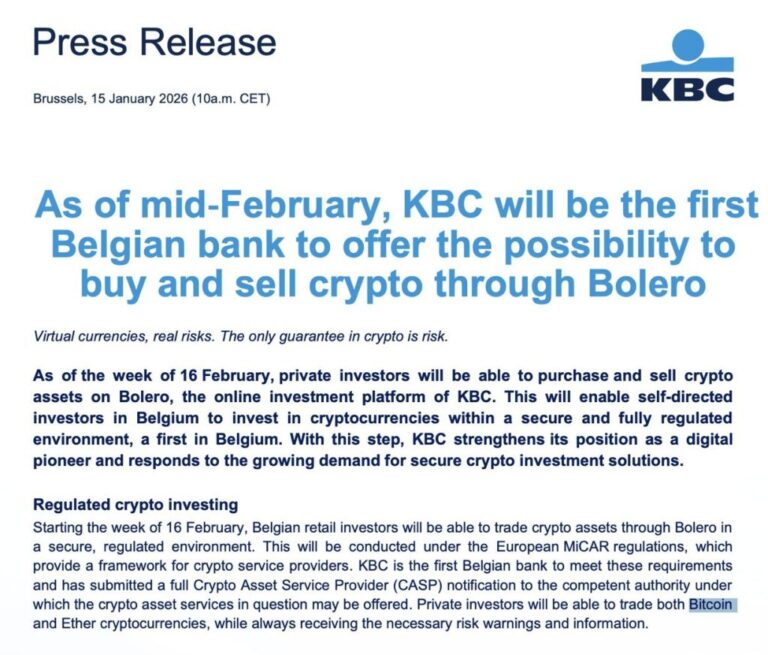Last updated:
 Why Trust Cryptonews
Why Trust Cryptonews

At an intimate conference held in the City of London today, attended by leading financiers, Robert Mitchnick, head of digital assets at BlackRock, reflected on the asset manager’s foray into the world of crypto and tokenization.
Moderated by Michael Barrell, founder and CEO of Juliet Media and Digital Assets Week, the discussion provided insights into BlackRock’s evolving perspective on digital assets and the growing convergence between crypto and tokenization.
Mitchnick emphasized the shift from enterprise blockchain to crypto assets, explaining that digital assets are playing a new role with crypto acting as a “valuable gateway” for institutional investors.

“Crypto actually is starting to serve this function as a valuable gateway for institutions to build in this space with this technology and dealing with digital asset custody. I think it’s going to prove to be an important catalyst for tokenization,” he said.
This marks a significant evolution in how financial institutions view the digital asset space, moving beyond initial skepticism towards broader adoption.
One of the key themes Mitchnick explored was the complementary nature of crypto and tokenization, addressing the often-posed dichotomy between the two.
He reflected on how, in the early days of blockchain, the narrative was “Blockchain not Bitcoin,” with a similar mindset now emerging around tokenization versus crypto.
However, Mitchnick noted that these elements are not mutually exclusive but, in fact, complementary. “I think these things are quite complementary,” he said, arguing that crypto serves as a crucial stepping stone toward broader institutional participation in tokenized assets.
Tokenization Is Making Investments More Accessible
Barrell addressed the tokenization trend asking Mitchnick what is the main economic driver for tokenization at BlackRock.
“For us it’s a story primarily of access and cost for our clients — being able to make more investments accessible to a larger number of investors and to do so at a lower cost,” said Mitchnick.
Mitchnick outlined the key drivers necessary for the wider adoption of tokenization, such as the need for institutional custodians, exchange liquidity, and clear regulatory frameworks. He highlighted how these components would support the migration of traditional financial assets to the tokenized paradigm, making it a more viable space for institutional investors.
Earlier this year, BlackRock unveiled its first tokenized fund issued on a public blockchain, the BlackRock USD Institutional Digital Liquidity Fund (BUIDL).
Tokenized financial assets are poised to achieve a market size of approximately $2 trillion by 2030, according to analysts at consulting firm McKinsey & Company.
In a recent report, McKinsey analysts noted that while the adoption of tokenization has had a slow start, they anticipate significant growth in the coming years. They suggest a bullish scenario where the market value could double to around $4 trillion, although they remain slightly less optimistic than before.
So far it is estimated that tokenized treasury funds have surpassed $2 billion in market capitalization, driven by rapid growth in offerings like BlackRock’s BUIDL.
According to data released by RWA.xyz, this surge highlights the increasing popularity of digital representations of U.S. government bonds, which are now being traded as tokens on various blockchain platforms, including Ethereum.
In his analysis, Mitchnick also pointed out the potential role of legacy exchanges and decentralized finance (DeFi) in bridging the gap between traditional finance (TradFi) and the digital asset ecosystem.




















